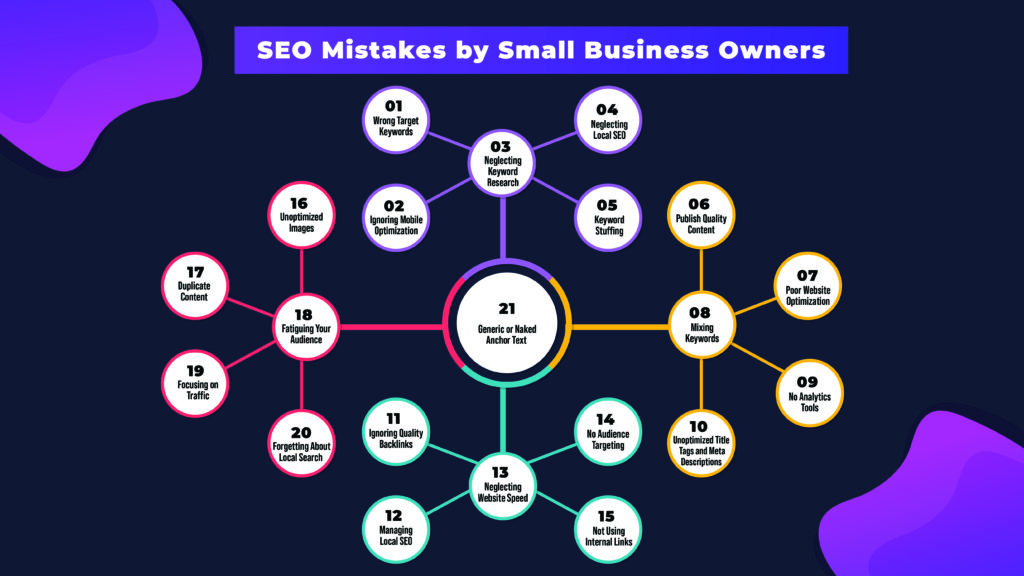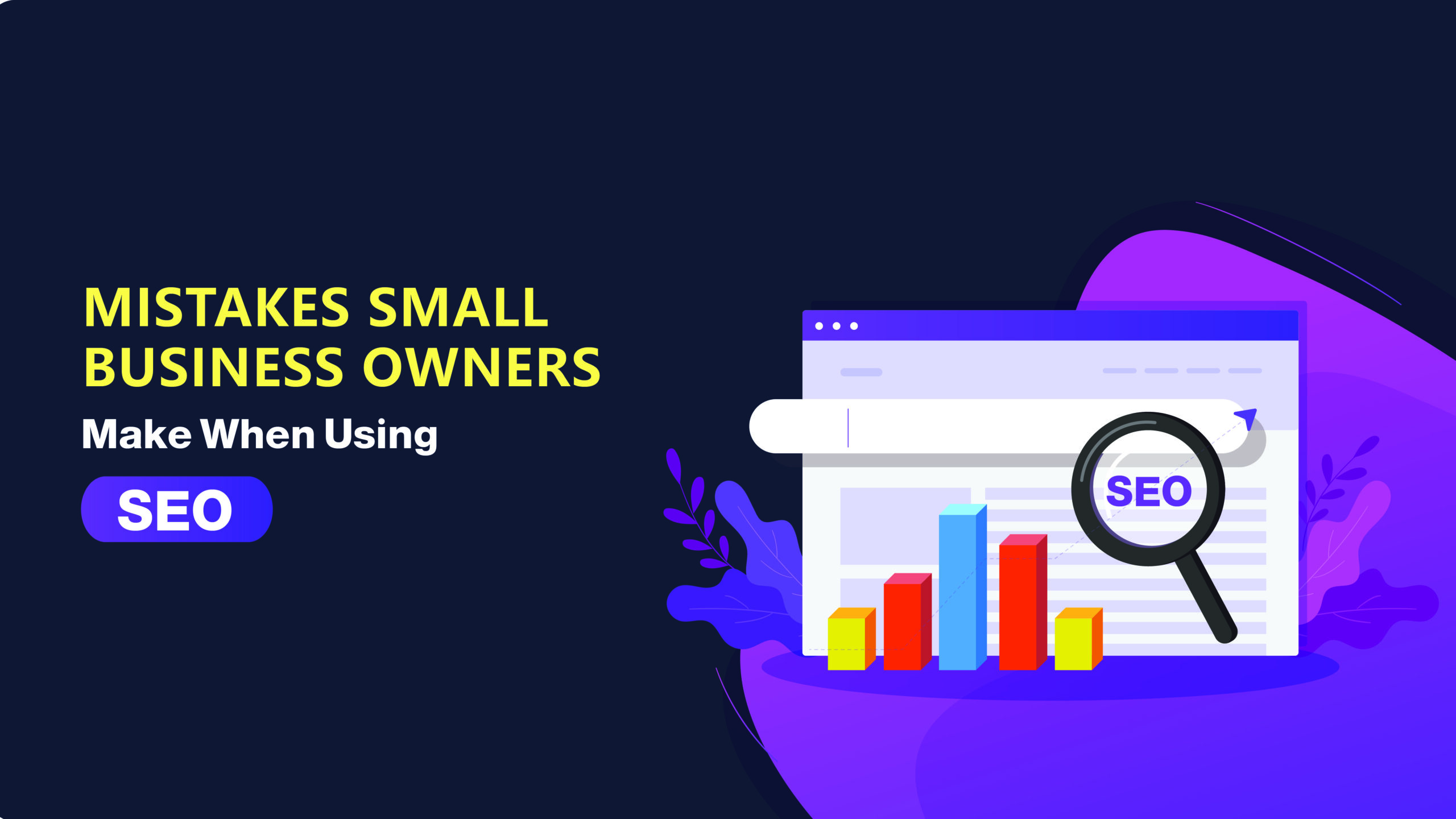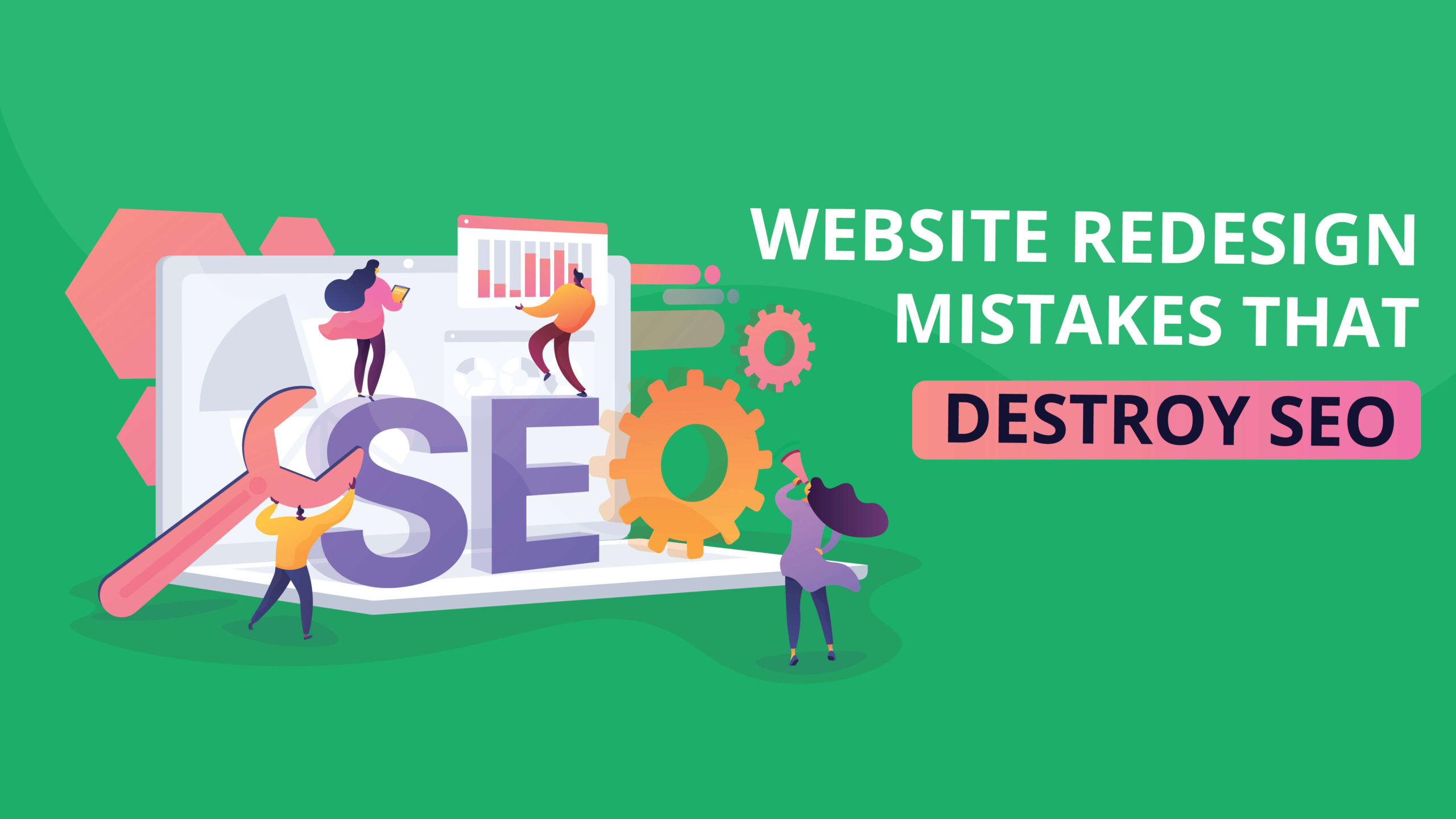As you all know, the internet has become an integral part of our daily lives, helping you to effectively connect, gather information, and navigate the world. You might be really surprised as it sounds, approx 92% of UK adults now use the internet, marking a remarkable shift from the mere 25% at the turn of the century.
For businesses, this evolution has really become a game changer transforming the internet into a vast marketplace, also offering unprecedented opportunities to connect with their audience. If you are having a small business, you know that your website serves as the cornerstone of your online presence. The traffic your website receives is not just a metric; it’s a life line that keeps your website breath going.
Expanding your online reach is your paramount and organic search is a powerful vehicle for achieving that. As you know The success of the online digital marketing campaign lies in Search Engine Optimization (SEO). In essence, SEO is the ultimate guide that guides your businesses towards increased visibility and higher rankings on search engines, for which Google being the primary focus.
The need of SEO for small businesses cannot be overstated. It is one of the effective strategies through which small businesses can effectively showcase their products or services in front of their potential customers. However, despite its pivotal role, we often witness small business owners making similar SEO mistakes. Wait but there is some good news, the good news is that these pitfalls are entirely avoidable, provided you are aware of them before embarking on your SEO journey.
Well In this blog post, we will be looking into the five common mistakes that small businesses make in terms of SEO. More importantly, we will be providing you with some valuable insights on how to overcome these pitfalls and ensure a Successful SEO campaign for your business. Join us to navigate the small business SEO, unraveling the common mistakes and offering the practical solutions to elevate your online presence.
Also Read: Why SEO audit is important enhancing your online success
SEO Mistakes by Small Business Owners:

1. Wrong Target Keywords:
As you know, Using the right set of keywords is the foundation of any successful SEO strategy. However, many website projects suffer from low ranking Keywords. To avoid this, you need to conduct a detailed research on keywords based on current market keywords trends, user behavior, and your business goals and from that choose the keywords which have low competition. You can also take help of tools like Google Keyword Planner and stay updated with industry-specific keyword trends.
Also Read: Ahref Vs SEMrush Vs Uber Suggest
2. Ignoring Mobile Optimization:
With a majority of internet users using mobile devices to access the website, neglecting mobile optimization is a cardinal sign. Google mainly prioritizes mobile-friendly websites in its rankings, so ensure your website design is mobile friendly.
Also Read: How to Save Google Analytics Data to your Database
3. Neglecting Keyword Research:
You might be thinking the Keyword research is only a one time process; not it isn’t, it’s an ongoing process. Neglecting this crucial aspect during a redesign can lead to missed opportunities and decreased visibility. Regularly revisit and update your keyword strategy according to the shift in marketing dynamics and trends.
Also Read: User Acquisition vs Traffic Acquisition
4. Neglecting Local SEO:
Local SEO is often underestimated by many businesses, but for businesses targeting specific geographical areas, for them it’s a game changer. Optimize your website for local search by listing it on Google My Business, by giving accurate business information, and obtaining positive local reviews.
Also Read: Google Shopping Ads Vs Search Ads
5. Keyword Stuffing:
Keywords are essential; it doesn’t mean you need to overload your content, as it can lead to keyword stuffing—a black hat SEO technique that Google always penalizes. Always go for a natural and user-friendly keyword integration that will help you to enhance the readability of your content.
Also Read: Website Redesign Mistakes Destroying SEO
6. Publish Quality Content:
As Per the studies of Sujit Shukla, Content is and will always be the king, and this statement is actually true when it comes to website redesign. Prioritize high-quality, relevant, and engaging content that not only helps you to capture your targeted audience but also aligns with search engine algorithms. Do Regularly update your content to stay current and authoritative in your industry.
7. Poor Website Optimization:
A poorly optimized website can hinder your SEO efforts. To prevent that, optimize your site’s structure, navigation, and URL structure to give better user experience and make it easier for search engines to crawl and index your pages.
8. Mixing Keywords:
Consistency is the only key in SEO. Mixing keywords without a proper research or strategy can confuse search engines and dilute your website’s relevance. Stick to a relevant set of keywords that align with your business objectives.
9. No Analytics Tools:
Implementing SEO analytics tools is a must to track the performance of your website and SEO efforts. You can use platforms such as Google Analytics to gather valuable insights Of user behavior, traffic sources, and conversion rates.
10. Unoptimized Title Tags and Meta Descriptions:
You need to really focus on your Title tags and meta descriptions, if you want your website to be at the top of search engine rankings. Craft compelling, keyword-rich titles and descriptions that accurately reflect the content of your pages and encourage users to click on your content page.
11. Ignoring Quality Backlinks:
Backlinks from high authority websites can significantly boost your SEO rankings. During a redesign, ensure that existing high-quality backlinks are preserved, and actively seek for new backlink opportunities.
12. Managing Local SEO:
Local SEO needs to give attention. Enhance your local presence by optimizing your website for location-based keywords, ensuring the actual and relevant NAP (Name, Address, Phone number) information, and actively participating in local business listings.
13. Neglecting Website Speed:
Website speed impacts on both user experience and search engine rankings. Optimize images, leverage browser caching, and invest in reliable hosting to ensure fast loading times.
14. No Audience Targeting:
Understanding your target audience is one of the crucial tasks to create relevant content. Tailor your website by redesigning to cater the needs and preferences of your audience, ensuring a personalized and engaging user experience.
15. Not Using Internal Links:
Internal linking is an effective SEO strategy that helps to increase the page authority and guide users through your website. Ensure your website has a logical and well-structured internal linking system to enhance navigation and improve SEO.
16. Unoptimized Images:
Large images or unoptimized images can slow down your website. Try to Compress the images without compromising the quality and leverage alt text properly to provide context for search engines.
17. Duplicate Content:
Duplicate content can harm your SEO rankings. Try to conduct an audit during the redesign to identify whether there is any duplicate content and rectify it effectively.
18. Fatiguing Your Audience:
Overhauling a website too frequently can confuse and frustrate your audience. Stick in consistency and make gradual changes to maintain a positive user experience.
19. Focusing on Traffic:
While traffic is one of the essential factors to be considered, prioritizing it over user engagement and conversions can be really productive. Aim for quality traffic that converts into leads or customers rather looking to get more and more which is of no use.
20. Forgetting About Local Search:
Local search optimization is critical for brick-and-mortar businesses. Use local Search keywords, create location-specific content, and engage with the local community to enhance your local search presence.
21. Generic or Naked Anchor Text:
Anchor text provides context to search engines about the linked content. Avoid generic or naked anchor text; instead, of that use descriptive anchor text that aligns with the content.
Conclusion
In conclusion, a website redesign is an opportune time to improve both aesthetics and functionality. However, avoiding these common SEO mistakes will help your website to rank well on search engines and also helps to maintain its online visibility. By adopting the best practices and staying vigilant about SEO considerations, your redesigned website can be a long-term success in the digital landscape.
For more in-depth insights into digital advertising and marketing strategies, explore our blog at sujitshukla.com and stay ahead in the competitive world of online business.






